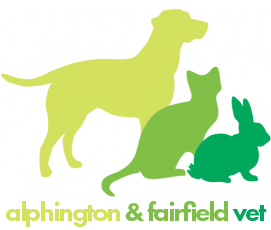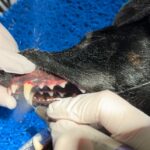Spring is the time for a lot of our natives to be breeding and rearing young, those young learning how to navigate the world, and to eventually find territories of their own. Sometimes this gets them into real or perceived difficulties.
While we all want to help when we see an animal struggling, there’s some important considerations to figure out what that help looks like.
Is it a baby?
Best to leave where it is (or move it to a safer location in the area). Fledgling birds are learning to fly and their parents will have a close eye on them and will be returning to supplement their food. Nestling birds shouldn’t be far from the nest and will need to be returned or placed nearby. Learn how to make a ‘nest’ here. Juvenile possums nearing adulthood will be ranging to their own territory. The same nest as above can be used to place younger possums back in their tree at dusk for their parents to find. Baby animals do not have good chances of survival if not raised by their parents.
Could it be heat stressed?
Help it where it lives if you can. If it’s gearing up to be a hot day, or you see an animal that may be heat stressed, follow this guide to help at home. Providing clean, cool water is often enough to help animals suffering on a hot day. For ringtail possums, if you’re able to place them in a quiet, dark box in an air conditioned space with water available, and return them to where they were found at dusk.
Is it injured or sick?
Best to bring in to the vets. If you can catch an adult wild animal, there is usually something significantly wrong with it. In these instances, euthanasia is the kindest outcome to alleviate suffering.
It is important to remember that wildlife carry diseases that can be passed to humans and pets when collecting them to bring to the vets. Due to the specific disease risks of Bats, never touch or bring them in. Contact Wildlife Victoria to get assistance.
Tips for bringing them to the Vet
If you need to bring a wild animal into the vet clinic we ask that you follow these tips:
- Do try to contain them in a box or carrier. This makes it less stressful for the animal as well as keeping them safely contained for transport.
- Do call ahead. We are busy caring for our vulnerable patients. Giving us a call means we can offer advice and guidance about how best to help. It also gives us a heads up about the type and needs of animal that you’re bringing in, so we can best prepare.
- Do be prepared to stay while the vet assesses the animal, and return it if it’s deemed healthy. There is never a cost associated with wildlife assessment, but animals assessed to be healthy need to be returned straight back to where they were found (or in the general area). We are unable to provide the highly nuanced and regular diet that our natives need and every hour out of their territory risks a more difficult re-integration. Further to that, a vet clinic is a scary place full of bright lights, noises and smells of predators, and the stress of being there can be harmful.
- Do let us know if you’re willing to come back if needed. Sometimes we might want to monitor them for a few hours to see if their condition improves. Please let us know if you’re willing to pick them up in the event that they are better, and release them to their find site. If the animal is non-native, it won’t be assisted through wildlife channels.
We all want what’s best for our Aussie wildlife, as well as not putting undue strain on our compassionate staff and their resources.



